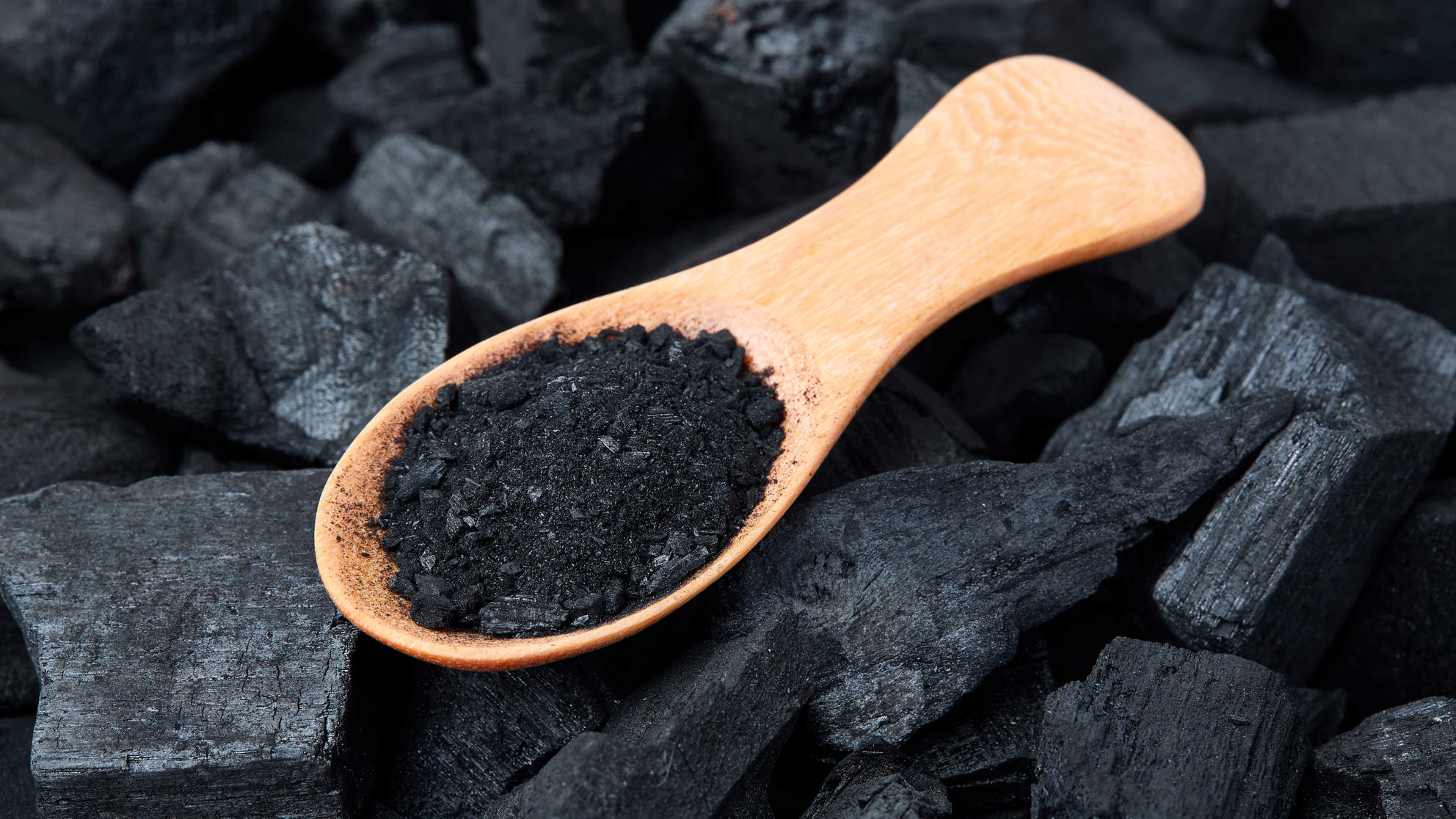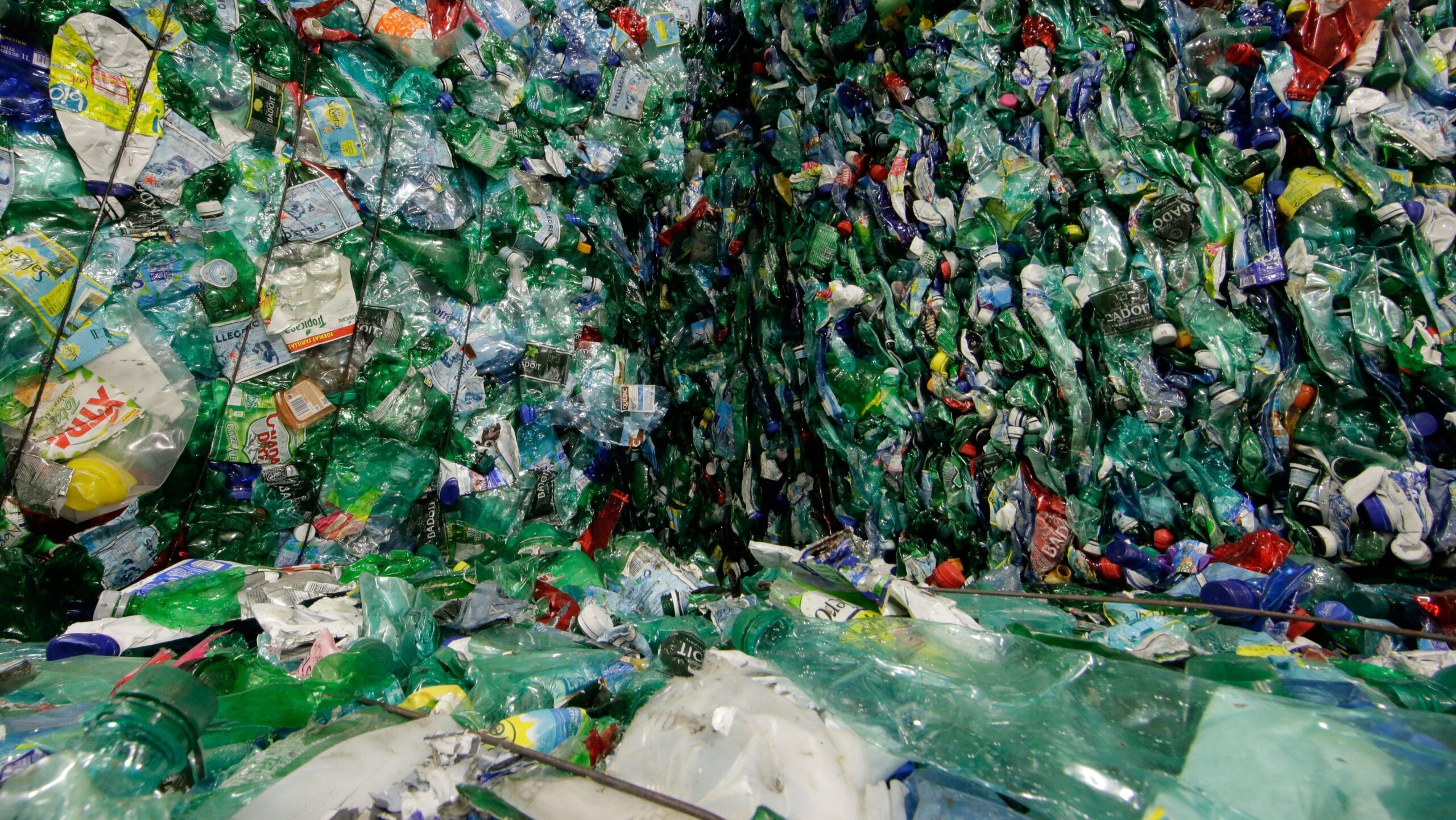(Dr. Mercola) Activated charcoal is now making waves in both the medical and cosmetic industry because of its supposed ability to improve your well-being. But this is not an entirely new trend; Egyptian records as early as 1,500 B.C. showed that activated charcoal was already being used to absorb unpleasant odors from putrefying wounds.1 In this guide, you will learn what activated charcoal’s benefits are and the possible side effects that may occur when you take it.
What Is Activated Charcoal?
Activated charcoal is not the same as the toxic briquettes often used for grilling foods. Instead, it is a byproduct of wood, peat or coconut shells, and is made after being heated along with a gas that assists with opening various “pores” in the coal.2
Related: Best Supplements To Kill Candida and Everything Else You Ever Wanted To Know About Fungal Infections
The finished product is a tasteless and odorless powder3 that may have either positive or negative charges, depending on the pH level of the solution used to create the powder.4 Activated charcoal powder is very porous, and once activated, the porosity rises, allowing it to efficiently absorb more substances.5
Activated charcoal allows harmful drugs and toxins lurking in the body to bind to it, so these materials may be expelled. This is why activated charcoal is often used for patients who have suffered from drug overdose or poisoning, as it helps with their recovery. Activated charcoal powder and capsules, both taken orally, are sold by various retailers.6
Activated Charcoal Is a Notable Addition to Water Filters
Activated charcoal can be used for purifying and filtering water. It’s a common ingredient in water filter systems for industrial or home use. It has the potential to trap pesticides, solvents, industrial waste and chemicals, and help reduce unpleasant odors. Activated charcoal has also shown promise in eliminating harmful substances like chlorine, chloramine, phenol and tannins, to name a few, though it may not work for others.7 You can check out a detailed list in this article.
Activated Charcoal May Have Beneficial Uses for Your Body
Activated charcoal may also be used for other medicinal purposes:8
•May work as a poison antidote: Activated charcoal is most known for its capability to facilitate a chemical process called adsorption. This means it can trap harmful chemicals and toxins in the bloodstream in its pores.9 According to a 2000 British Journal of Clinical Pharmacology article, activated charcoal’s beneficial effects may be at their best when taken at least an hour after toxic substance intake.10
•Work against the effects of toxic mold: Mold may cause health issues like depression, reduced brain function, kidney and liver failure, eye irritation and weakened immune system function. Activated charcoal may help combat these effects.11,12
Prior to using activated charcoal, consult a physician first to fully check for symptoms of mold exposure. Talk to a professional to check for the presence of mold at home so that the situation can be properly dealt with.
•Help prevent premature aging: Activated charcoal may aid in supporting adrenal gland health and preventing cellular damage to your kidneys13 (when taken alongside a low-protein diet14) and liver.15
Related: Holistic Guide to Healing the Endocrine System and Balancing Our Hormones
•Help relieve gastrointestinal issues: Activated charcoal may be useful for people dealing with bloating, diarrhea and other related issues, since it can bind with gas-causing byproducts in foods.16 In fact, the U.K.’s National Health Service (NHS) has promoted the use of over-the-counter charcoal tablets as a potential method to address flatulence.17
•Assist in treating bug and/or snake bites: If you or someone you know is suffering from the effects of bee stings or mosquito, fire ant, or spider bites, a combination of activated charcoal and coconut oil may help address the condition.
A 2013 Der Anaesthesist study has also proposed the use of activated charcoal to combat the effects of snake bites, although more studies have to be conducted to truly determine its true efficiency toward this life-threatening health issue.18
There are other reports indicating that activated charcoal may assist with eliminating fishy odors linked to a disorder called trimethylaminuria,19 optimizing cholesterol levels, promoting better kidney function, treating patients with chronic kidney disease, promoting better renal dialysis outcomes, and shielding workers who may have been exposed to vapors (via the use of a charcoal cartridge).20
Take note, however, that activated charcoal is not an instant cure. If you want to significantly improve your health, you need to focus on improving your lifestyle by eating healthy foods and maintaining a regular exercise routine.
Can Activated Charcoal Help With Personal Hygiene?
Activated charcoal face masks are gaining popularity, especially among people who want to improve the overall condition of their skin. Activated charcoal may be used for treating acne, as it may eliminate pimple-causing oil and dead skin cells.21 Because of this, numerous online sellers have been promoting the use of charcoal facial sponges as a gentle exfoliant.22
However, as California-based dermatologist Dr. Ivy Lee highlights in a Reader’s Digest article, there isn’t enough scientific evidence to classify activated charcoal as a potent acne treatment.23Furthermore, cases of skin peeling were reported after using bamboo charcoal face masks, an adverse effect that was linked to PVA glue. This is an active ingredient in the mask mixture that may target impurities and negatively affect the skin. This is a compelling enough reason for you to consider other more effective natural acne treatments.
There’s also talk of activated charcoal’s potential for dental health, but dentists typically ask their patients to be cautious about using this substance, as it is very abrasive and may damage tooth enamel. The American Dental Association explains:24
… [U]sing materials that are too abrasive on your teeth can actually make them look more yellow. Enamel is what you’re looking to whiten, but if you’re using a scrub that is too rough, you can actually wear it away. When that happens, the next layer of your tooth can become exposed — a softer, yellow tissue called dentin.
If you want whiter teeth, coconut oil may be a better option, especially when you use it for oil pulling. This technique may assist with eliminating harmful bacteria residing in your mouth. You can also add a drop of peppermint essential oil for a minty aftertaste.
Studies on Activated Charcoal
Initial information about activated charcoal’s adsorbent properties were known as early as the 1700s.25 Scientists Michel Betrand, Pierre Touery, William Hort and Sir Alfred Barring Garrod were responsible for some of the earliest studies regarding activated charcoal. Most research during this era discovered activated charcoal’s potential in counteracting clinical effects of poisoning in animals and humans.
It was reported that Touery swallowed a lethal dose of poison called strychnine in front of colleagues at the French Academy of Medicine. He survived because he also drank activated charcoal, proving that it can counteract poison.26
Related: Activated Charcoal is Very Popular Right now – Here’s Why
One of the most recent studies about this substance was published in the journal bioRxiv in August 2017. Results showed that a slow-release activated charcoal formula called DAV132, which was developed by researchers from a Paris-based company called Da Volterra, may assist antibiotics in addressing certain illnesses, without triggering side effects the latter are known to cause.27
The study participants either took five days’ worth of the antibiotic moxifloxacin alongside a twice-daily DAV132 dosage, took the antibiotic only, or received no treatment at all. The researchers discovered that:28
- The DAV132 formula had no effect on both the quantities of antibiotics in the bloodstream and in the latter’s efficiency in treating the infection.
- DAV132 also assisted with cleaning the large intestine and flushing out antibiotics from the body. This was concluded after examining the amount of antibiotics in the feces of participants who took the formula.
- DAV132 maintained around 90 percent of the beneficial gut bacteria in those who took it., Those who only took antibiotics had significantly reduced healthy bacteria.
While this sounds promising, take note that most studies conducted on activated charcoal focused on its effects on adults, and little on children. Guidelines regarding activated charcoal intake for children are often based on case reports and case series.
Future researchers need to consider how activated charcoal can affect children, since it’s during childhood when organs are developing to deal with toxic drugs and chemicals that they may encounter. It’s important to consult a physician or a health expert first before letting a child take activated charcoal. Some children might not be able to handle this supplement which could lead to adverse reactions.29
Side Effects of Activated Charcoal
Generally, the use of activated charcoal is safe, but only when it comes to treating a case of poisoning or an overdose at a healthcare facility, and under the guidance of a health professional.30
An important note regarding frequent activated charcoal intake is its tendency to absorb essential nutrients and minerals,31 depleting their levels and raising your risk for certain health problems. Activated charcoal may disrupt proper vitamin and mineral absorption from foods that you eat too, and it may not work well when used with other detoxifying chelating agents.
Related: Best Supplements To Kill Lyme and Everything Else You Ever Wanted To Know About Lyme Disease
Side effects have been reported after ingesting activated charcoal, such as pain or swelling of the stomach. People may notice that the tongue or the stool turns black, which is usually expected from this supplement. Other side effects may also occur, but these often do not need medical attention, and may go away during treatment once the body adjusts to the activated charcoal.32
If activated charcoal triggers severe side effects such as diarrhea, vomiting, constipation or even a suspected gastrointestinal blockage, talk to your doctor or physician immediately.33 Activated charcoal can block the absorption of medicines (like acetaminophen, theophylline and tricycline antidepressants) or supplements. It’s also known to interact with other medicines like:34,35
| Ipecac or syrup of ipecac, as activated charcoal may decrease its effectiveness36 | Drugs used for constipation, such as cathartics (sorbitol or magnesium citrate), since they can trigger electrolyte imbalances and other problems |
| Precose (acarbose) | Cancer drugs like Arava (leflunomide) |
| Lanoxin or Digox (digoxin) | Transplant drugs like mycophenolate mofetil and mycophenolic acid |
| Acetadote (acetylcysteine) | Polyethylene glycole solution37 |
Lastly, avoid taking activated charcoal mixed with chocolate syrup, ice cream, raw milk or sherbets, since these may prevent it from working properly.38
The full extent of activated charcoal’s capabilities is still being determined, but there’s evidence showing its potential when it comes to improving your well-being. It may not be a magic solution for coping with certain health problems, but it can be a complementary option if conventional treatments do not suffice.




